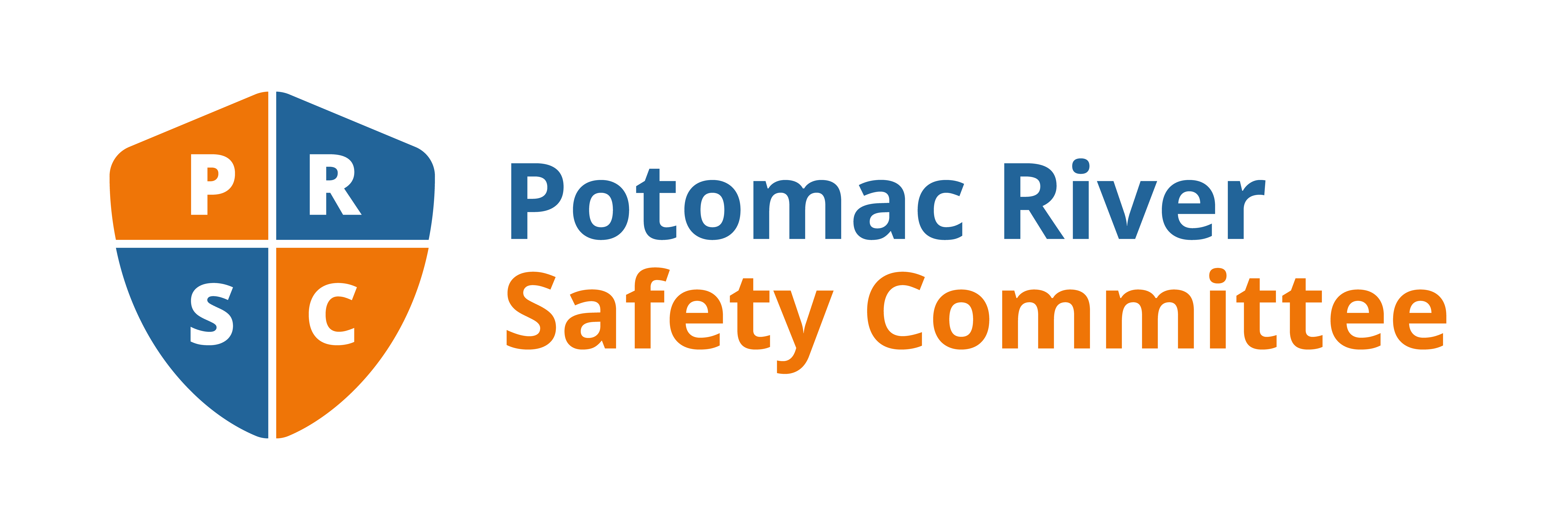You can download a copy of the guidelines here.
Overview
The purpose of this document is to provide safety rules and guidelines for the clubs, programs, and individual athletes involved in water sports on the Georgetown section of the Potomac River from Fletcher’s Cove to the 14th Street Bridges.
The goal of the following information is to prepare river users and educate them in daily practices and safety procedures.
Members of Washington Canoe Club (WCC), Potomac Boat Club (PBC), and the programs housed at Thompson Boat Center (TBC) (including GWU, Georgetown, VASRA, and WMIRA Scholastic programs) have contributed to the creation of this document.
The information contained herein should be considered supplemental to the laws and regulations, and safety requirements created and shared by the United States Coast Guard (USCG), DC Metropolitan Police- Harbor Patrol, USRowing, and the American Canoe Association.
Further, it should be understood that our community includes not only rowers and paddlers, but SUP users, and recreational anglers. We are one community.
Key Points
- The Potomac is a big and powerful river that demands respect. Conditions can change suddenly, and rapidly for the worse. All river users must pay attention to any changing weather conditions, and be aware of the unique features (profile, depth, river bottom topography, and hazards) of the river, both above and below the surface, that can combine to turn a good day into a tragic one.
- We are a community and as such it is essential that we support each other. Following the safety guidelines allows everyone to enjoy their time on the water with a minimum of a hindrance.
- Following the traffic pattern is absolutely essential to preventing accidents and allowing all users to efficiently use their time on the water.
- Knowing and checking current weather conditions is critical for minimizing the chances of emergency situations.
- Every athlete or user, no matter their sport, role, experience, skill level, or fitness level is responsible for being prepared before launching.
- Safety practices, including proper care and use of equipment, how to navigate the river in all its conditions, and how to handle an emergency situation is the responsibility of all users.
Table of Contents
- Traffic Patterns
- Coaches, Athletes, and Launches
- Paddler/Rower Safety
- Inclement Weather
- Contact Information
- Fletcher’s Cove and Anglers
- Procedures for Handling Emergency Situations
- Weather-Related Health Consideration and Emergencies
- Glossary and Terms
- Specific Launch Passenger Consideration
- VHF Radios
- Race Courses
- Incident Reporting
